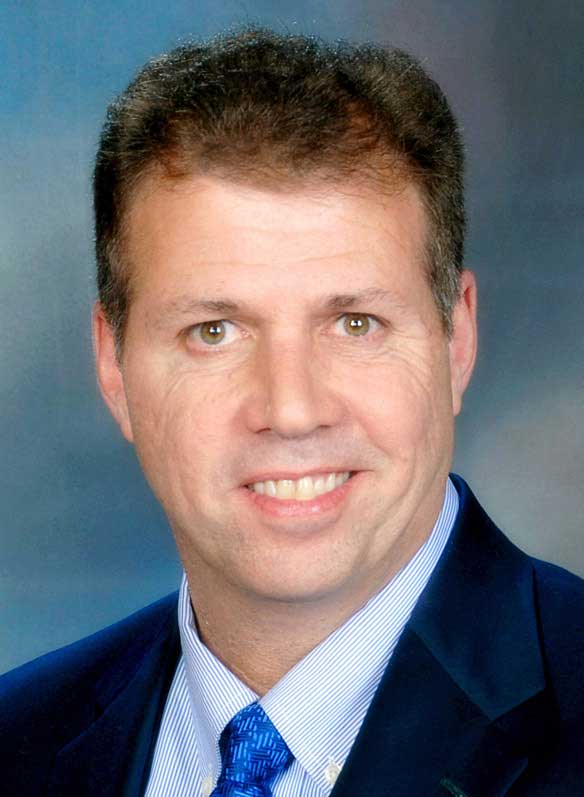High tech gels, vaccines and printed prosthetics
Medical Minutes
January 1, 2018
3-D printed implants may help with hearing loss
The New Year is ushering in some significant new medical advances. Researchers using CT scans and 3-D printing have created accurate, custom-designed prosthetic replacements for damaged parts of the middle ear, according to a new study. The technique has the potential to improve a surgical procedure that often fails because of incorrectly sized prosthetic implants.
Hearing works partly through the transmission of vibrations from the ear drum to the cochlea, the sensory organ of hearing, via three tiny bones in the middle ear known as ossicles. Ossicular conductive hearing loss occurs when the ossicles are damaged, such as from trauma or infection. Conductive hearing loss can be treated through surgical reconstruction using prostheses made from stainless steel struts and ceramic cups. The surgery generally involves tailoring a prosthesis for each patient in the operating room, but it has historically been plagued by high failure rates.
"The ossicles are very small structures, and one reason the surgery has a high failure rate is thought to be due to incorrect sizing of the prostheses," said study author Dr. Jeffrey Hirsch, who is an assistant professor of radiology at the University of Maryland School of Medicine (UMSOM) in Baltimore. "If you could custom-design a prosthesis with a more exact fit, then the procedure should have a higher rate of success."
Dr. Hirsch and colleagues studied 3-D printing as a way to create customized prostheses for patients with conductive hearing loss and they are reporting success. The researchers are also looking at a different approach that would combine the 3-D-printed prostheses with stem cells.
"Instead of making the middle ear prosthesis solid, you could perforate it to be a lattice that allows stem cells to grow onto it," said Dr. Hirsch. "The stem cells would mature into bone and become a permanent fix for patients with hearing loss."
Injectable gel may help heart muscle regenerate after heart attack
After a heart attack, there is a dramatic loss of heart muscle cells. With fewer of these contractile cells, known as cardiomyocytes, the heart pumps less blood with each beat, leading to the increased death due to heart disease. Now, researchers at the University of Pennsylvania's School of Engineering and Applied Science and Perelman School of Medicine have come up with a new approach to restart replication in existing cardiomyocytes. It is an injectable gel that slowly releases short gene sequences known as microRNAs into the heart muscle.
The researchers have had success with this approach in animal models.
"The most important traits of this gel are that it's shear-thinning and self-healing,” said study investigator Jason Burdick, who is a Professor in Bioengineering at Penn. “Shear-thinning means it has bonds that can be broken under mechanical stress, making it more fluid and allowing it to flow through a syringe or catheter. Self-healing means that when that stress is removed, the gel's bonds re-form, allowing it to stay in place within the heart muscle.”
More than a potentially life-prolonging treatment itself, the researchers see this microRNA-gel approach as representing a new, more direct avenue for precision regenerative medicine.
“We're seeing a change in approaches for regenerative medicine, using alternatives to stem cell delivery," Burdick said. "Here, instead of introducing new cells that can have their own delivery challenges, we're simply turning on repair mechanisms in cells that survive injury in the heart and other tissues."
New vaccine approach may help fight breast cancer
A new vaccine technique may soon help fight a certain type of breast cancer. HER2-positive breast cancer accounts for between 20 and 30 percent of all cases of breast cancer. Researchers from the University of Copenhagen and the University of Bologna have now come up with a vaccine that may combat this type of breast cancer.
The immune system has difficulties distinguishing between cancer cells and healthy cells in breast cancer. Therefore, it normally does not launch a protective immune response that can prevent cancer cells from growing and spreading. However, the research group at the University of Copenhagen was able to change that by adding an antigen, which is normally expressed on the cancer cells onto the surface of a virus-like particle.
“Our virus-like particle with the added cancer antigen makes the body believe it is under attack. This makes the immune system produce large amounts of antibodies targeted at the cancer antigen, which then fights the cancer cells,” said study Adam Sander, who is with the Department of Immunology and Microbiology at the University of Copenhagen, Denmark.
The researchers have documented the beneficial effect of their vaccine technique in several ways in animal models. In mice, the researchers found that the vaccine prevented breast cancer from developing in 50 to 100 percent of the cases. The researchers are hoping the vaccine has a preventive effect and also works when cancer has already developed.
The present treatment of HER2-positive breast cancer involves administering large amounts of antibodies fighting the cancer over a long period of time. The treatment is expensive and has side effects, and the immune system may become intolerant to the antibodies, which eventually have no effect. The researchers believe their vaccine by comparison will cost markedly less.
John Schieszer is an award-winning national journalist and radio and podcast broadcaster of The Medical Minute. He can be reached at medicalminutes@gmail.com.










